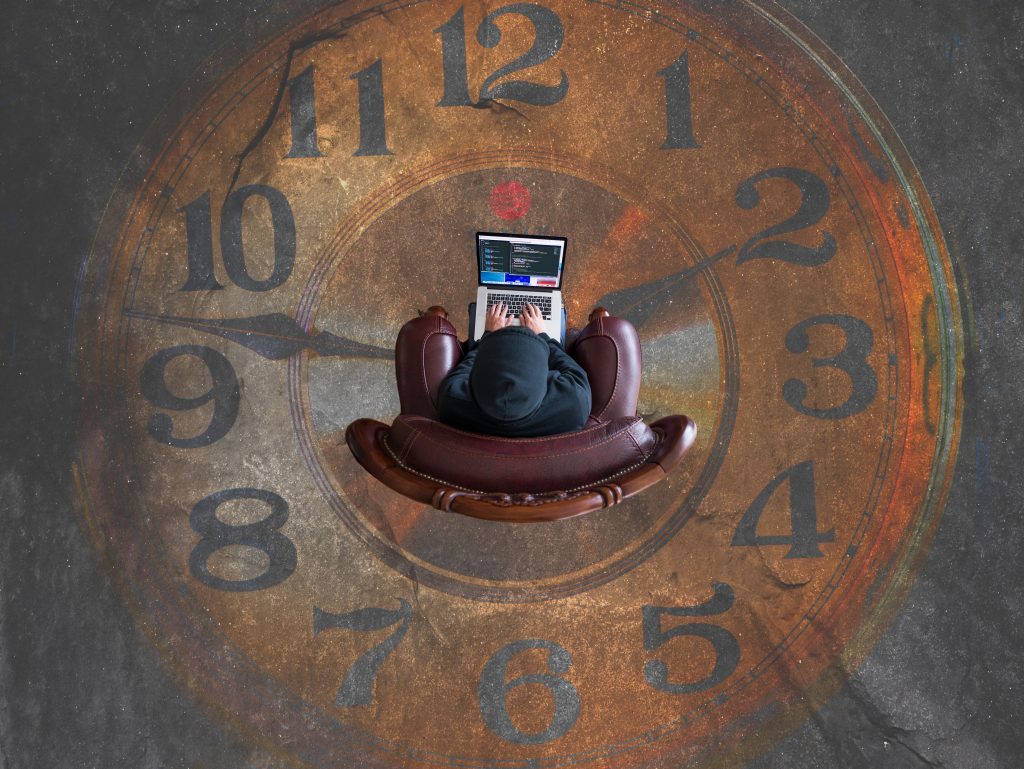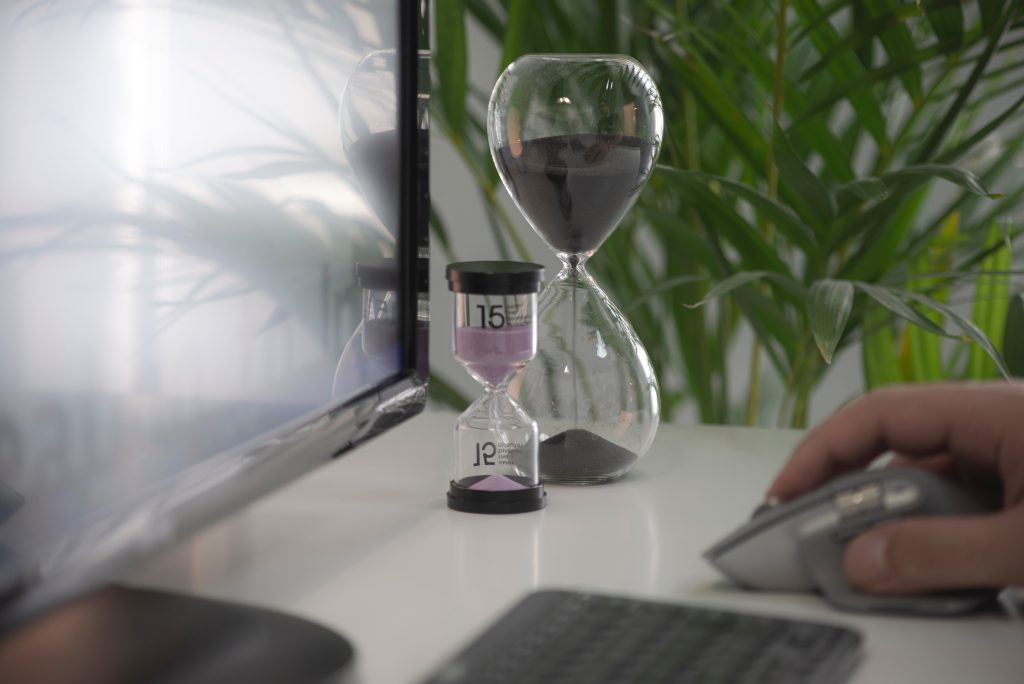How to Use Time Trackers to Maximize Studying Productivity
How to Use Time Trackers to Maximize Studying Productivity
You have an essay or a term paper due soon, but you just can’t bring yourself to work on it. Even when you mean to work on your assignment, you somehow end up watching YouTube or browsing memes.
If you know your productivity could use some work, a time tracker can be the right tool to add to your studying toolbox. It’s an app that, as the name suggests, tracks your activity on your phone or computer: which apps you open, which websites you visit, etc.
You might be thinking How to Use Time Trackers to Maximize Studying Productivity? Here are the five tips on using this piece of software to maximize your productivity when you study.

Before Diving into This Guide…
Let’s be clear about one thing: a time tracker isn’t a magic wand. If you have too many assignments, you may still have to pull all-nighters and such.
Or, you may decide to google “write my essay by EssayHub” instead – it’s up to you. The bottom line is, these apps are tools that can help you become more productive, not Hermione’s Time-Turner!
Pinpoint Time Drains
Ideally, you should revisit the data your app collects every day. You should also look at the historical data over the past month at least every week.
This way, you’ll be able to catch early on if any websites or apps are put in the wrong category, for example. You will also be able to pinpoint routine distractions using the data (instead of relying on hunches).
Luckily, most apps will actually prompt you to review your performance at the end of the session or the day. And the data is organized into easy-to-navigate graphs, charts, and lists, so you’ll gain key insights into your behavior without breaking a sweat.
Eliminate Distractions
With the collected data, you will be able to see what pulls you out of focus most often. Armed with this information, you can finally prevent those distractions.
For example, if you use your browser to read the Twitter feed as often as you google anything study-related, you can go cold turkey and block Twitter when you study.
Distraction blocking is a feature in some apps. Others will alert you when you’re getting distracted, e.g. if you’re browsing an unrelated website, like an essay writing service.
Understand Where Your Time Goes
Does writing an essay for one class take as long as it does for another one? Probably not. That’s why understanding how long different tasks take you is crucial for scheduling well.
Once you know that this type of assignment requires more work, you’ll set aside the time for it. So, you’ll be able to do a quality job without cramming – and without missing the deadline.
If you want to track how long every task takes you, make sure your chosen app has a feature for assigning time to specific tasks or projects.
Manage Your Tasks
Some apps don’t just visualize how you spend your day on your phone or computer. They’re also designed to help you do some basic task management, like creating tasks and sub-tasks, setting priorities, and scheduling deadlines.
This means your app can be your single source of truth for all the assignments with their due dates and exams. So, you won’t have to worry about forgetting about an essay due tomorrow again! (Although, if you do forget, you can always pay for essay, wink!)
Set Goals
As any essay writer can tell you, goal setting is the cornerstone of productivity. Luckily, most apps allow you to set goals or track certain key performance indicators.
For example, you can set the goal to do focus work for two hours a day. This means not getting distracted by social media and the likes. The app will then help you reach that goal with reminders, distraction alerts, and more.
5 More Tips on Making the Most Out of Time Tracking
Here are several more pieces of advice on how to maximize the return on investment of your app:
- Log your time manually when needed (e.g., when you read a physical textbook) to have a full picture.
- Use the data to pinpoint your habits – and create an action plan for changing the ones that hinder your productivity.
- Decipher what impacts your productivity using the collected data, such as the time of day.
- Remember to take breaks – you can use the Pomodoro technique to maintain the balance between study and rest.
- If you don’t care for the first app you try, try several others to find the one that fits your needs best.

In Conclusion
Keep in mind: time tracking won’t magically help you deal with every assignment effortlessly and at lightning speed. Sometimes, the academic workload is just too enormous, you’re too tired or burnt out, and you simply can’t manage it all.
If that’s the case, though, remember: that’s what the best paper writing services are for!
That said, these apps can be a goldmine of information that will help you adjust your behavior and turn yourself into a better, more productive learner. You just need to know how to use them right!

 in Melbourne
in Melbourne 
 Employee Screen Monitoring Software
Employee Screen Monitoring Software App and Website Monitoring Software
App and Website Monitoring Software Time and Attendance Software
Time and Attendance Software Finance
Finance Banking
Banking Healthcare
Healthcare Lawyers
Lawyers Retail & ecommerce
Retail & ecommerce Knowledge base
Knowledge base Blogs
Blogs Installation Guide
Installation Guide FAQs
FAQs About
About Media Kit
Media Kit Contact us
Contact us